
4 minute read
Top of Mind: the big Q’s we brought to Industry Roundtable, and a few emerging A’s
HOW DO WE SUPPORT AND SHAPE THE NEXT GENERATION OF TALENT?
Attracting and retaining talent is a key topic when design leaders gather, but this year’s IR revealed a new wrinkle: the current class of entry-level designers was in design school during the pandemic, meaning that their ability to gain invaluable experience through hands-on, in person work experience has been limited. “We don’t need to let them fall to the side because of all that,” says Tara Headley, IIDA, senior interior designer at IA Interior Architects. “Maybe you change how your internships work, make it about the social interaction, make them have those experiences they were unable to have in college. They’re going to need our help.”
Advertisement
But it’s not just designers at the entry level who are looking for more from firms; intentional, thoughtful support benefits junior designers across the board, and also is a crucial reinforcement for firms’ EDI efforts. “I don’t think we should just rely on people to come into this industry and figure it out,” says Nicola Casale, senior vice president at Yellow Goat Design. “We all have to ask ourselves, ‘What kind of a mentor are you?’ I feel optimistic about it because I feel like maybe this is just what we need to start to change that culture.”
That shift is exemplified by the concept of “sponsorship” rather than mentorship: a lead-by-example relationship that educates about the larger organization; encourages younger staff to talk about themselves and share opinions and ideas; and leans into the idea that there is more than one path to good design.
Incorporating in-person experiences into that sponsorship relationship is key, as is showing vulnerability and openness as leaders. Incorporating greater connection, next-level mentorship, and in-house education can help to set young designers up for success, paving the way for a strong design industry.
HOW CAN WE ELEVATE DESIGN’S PERCEIVED — AND PAID — VALUE?
Whether influenced by a continuing focus on attracting and retaining talent, or economic conditions beyond the labor market, the conversation around design fees and designer salaries was prevalent at this year’s IR. IIDA’s mission has always included elevation of the design industry and recognition of design’s inherent business value; this year’s IR discussions reiterated the importance of that goal in response to current and future business environments.
“I think we’ve probably operated too long from a place of ‘we do this for the love of design,’” says Erika Moody, FIIDA, president of Helix Architecture+Design. “There should also be some ambition that there is value, and this is a career we want people to go into in the future. We want to have more diversity — let’s make sure we are recruiting young people and setting those hires up for long, successful careers. I find it encouraging that we’re having this conversation now.”
“We’re in the position to reinvent ourselves and rethink what we’re doing,” says Ronnie Belizaire, FIIDA, vice president of project and development at Jones Lang Lasalle, “and with that comes real responsibility. How do we universally look at our fee structures and have more of that courage and audacity about how we value ourselves and our profession? How do we solve problems not just for clients but consider ourselves a client?”
CAN WE MOVE PAST “WORKPLACE” AND INTO “PLACEMAKING?”

“I’m so over the question: ‘Hybrid or non-hybrid?’” says Verda Alexander, IIDA, principal and co-founder at Studio O+A. At IR, the consensus was that the debate over workplace style has evolved beyond the binary — and that the true challenge for the design industry is to create a place that supersedes a sole function, a place that succeeds in its ability to create experience and human connection. Designers are also looking beyond the classic design brief, to expand design’s influence into the larger ecosystem of brand. “I really think the future of our industry … is the idea of brand and looking at the whole organization,” says Alexander. “We design experiences, and we need to take that out of the idea of space exclusively. We can help them create a story.”
Placemaking as part of brand building can communicate and amplify an organization’s values, as well as communicate ties to the larger community and local ecosystem. Design with human experience in mind can create connections to all of those things, and contribute to human as well as corporate wellbeing. “When we design spaces where people are happier and healthier than when they left home that morning, that is powerful,” says Ana Pinto-Alexander, FIIDA, principal and global sector director at Interiors HKS. “What is more powerful than that? We create emotions.”
WHAT’S THE NEXT STEP IN SUSTAINABLE PRACTICE — AND HOW CAN WE MAKE REUSE COOL?
The IR sustainability conversation took many forms this year, but an overarching theme was longevity. As the design industry continues its push toward a sustainable built environment, designing for longevity of products and projects is a priority, as is exploring new ways to create and renew spaces without creating waste. Designing for adaptability — building in the capacity for change without building in obsolescence — is one strategy that was part of the IR brainstorm. But another idea got attendees talking, too: reuse, and how designers can make it a badge of honor for clients. “I hope we start to see more innovation in the reuse space,” says Katy Mercer, IIDA, principal at Woods Bagot. “How do we take away that ickiness?”
One idea (and one designers are good at) — make it cool.
“As people look for authenticity in their lives, that can come into the workplace,” says Manuel Navarro, principal and design director at IA Interior Architects. “Coming in and seeing something that has patina, you’re going to have a different experience in that space.”
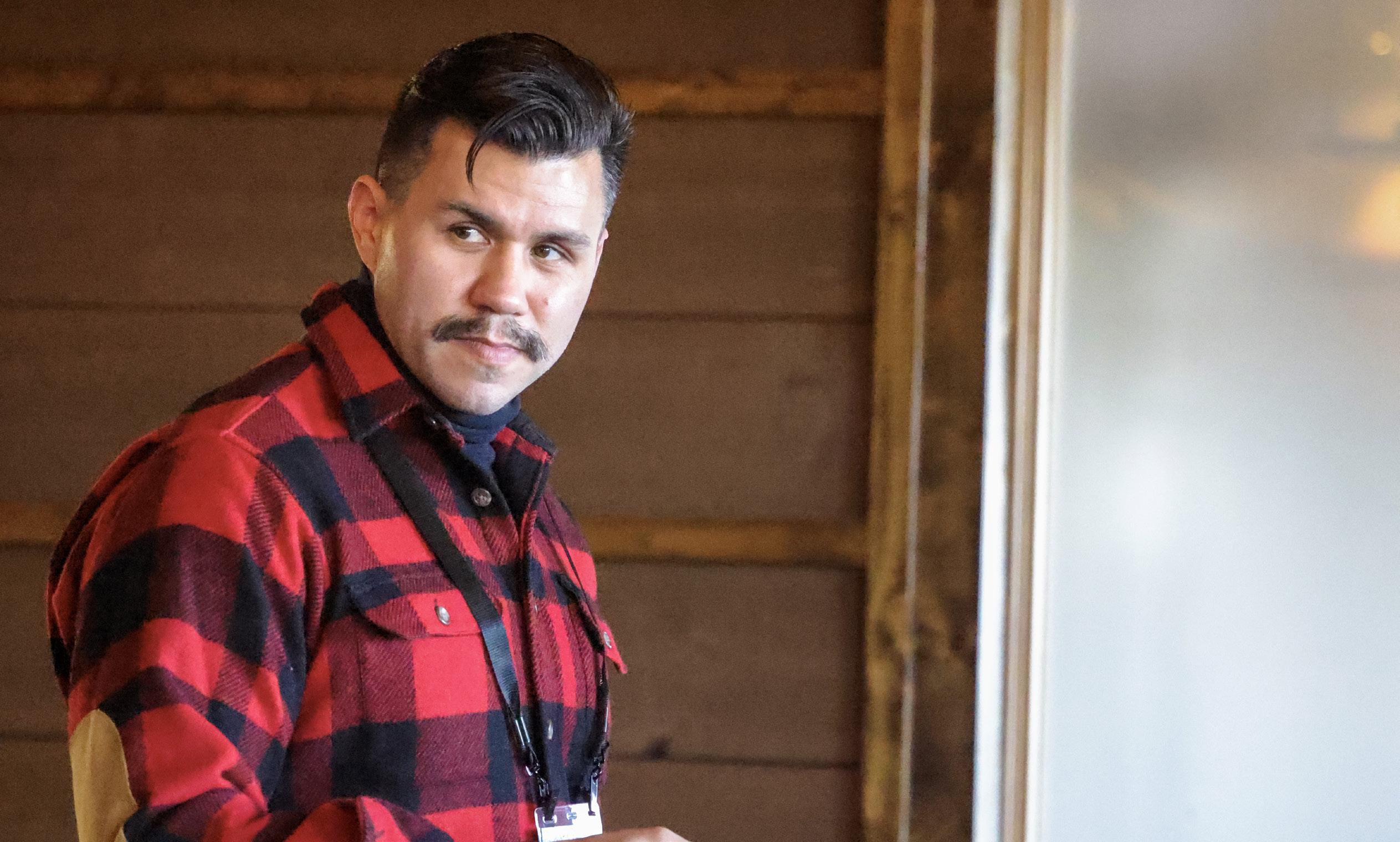
“I think we need to seek inspiration both digitally and physically; look for that balance. Seek out those days where you can walk around and see beautiful things.”
— Alan Almasy Director, Sales Enablement, Client Practice Group A+D and CRE MillerKnoll
“When we tie [design] to local culture and purpose, then employees are part of that story, too.”
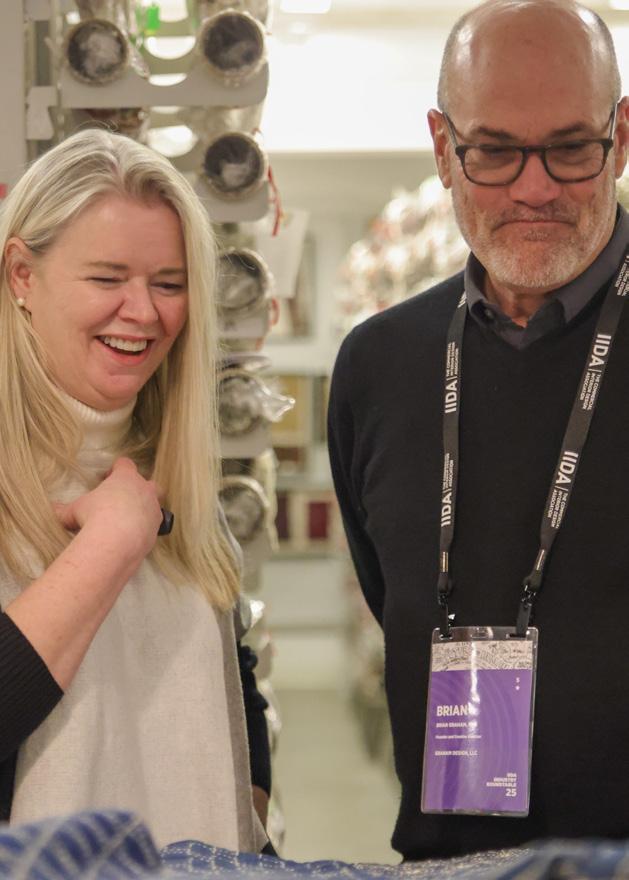
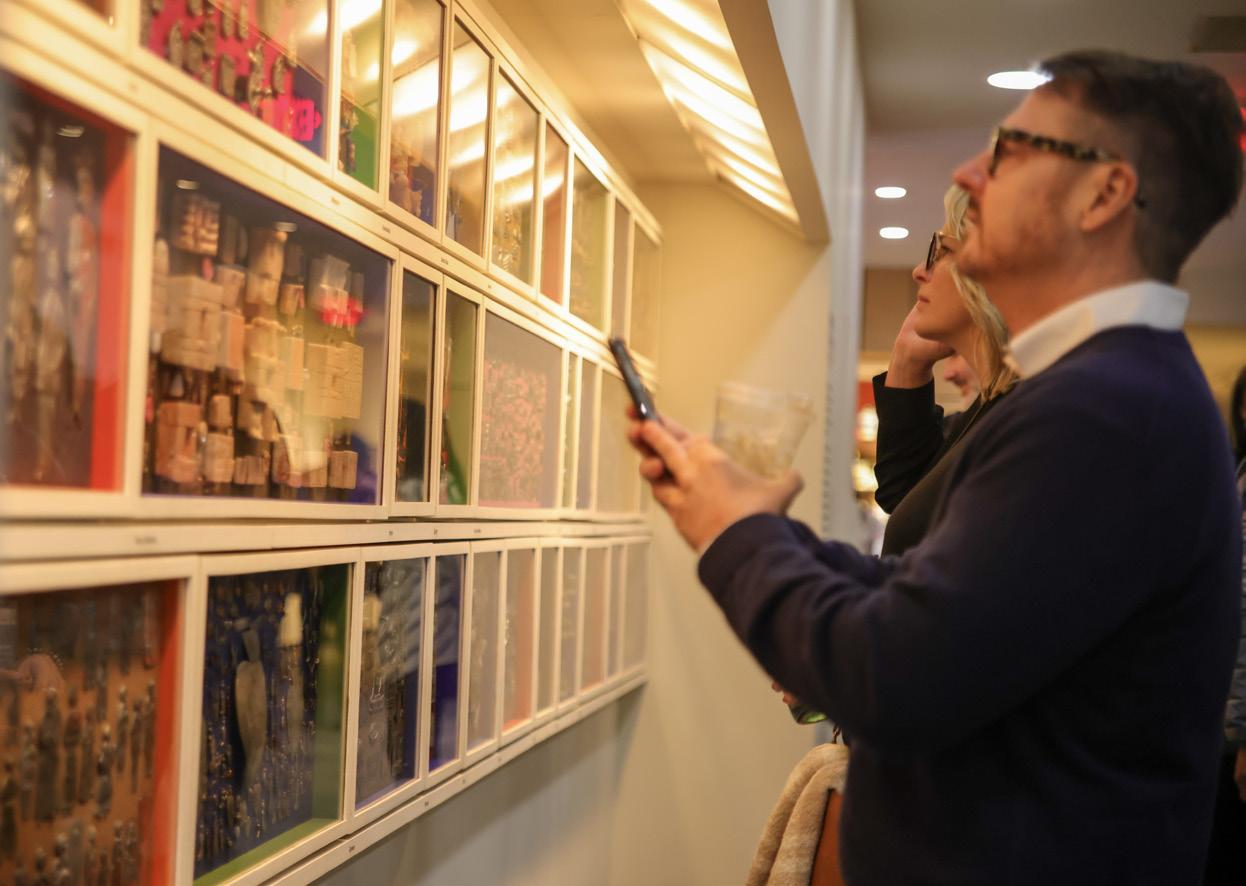
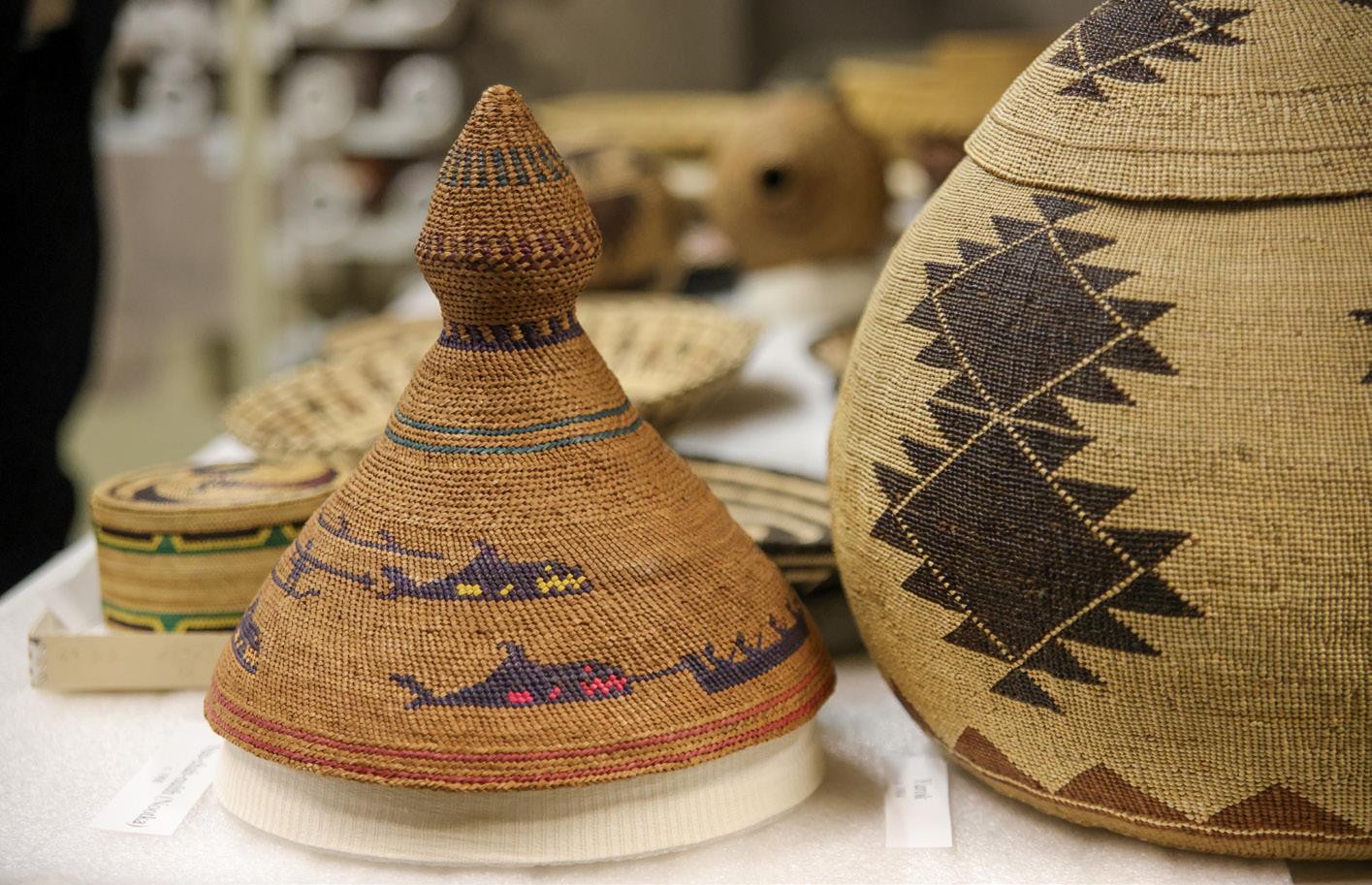
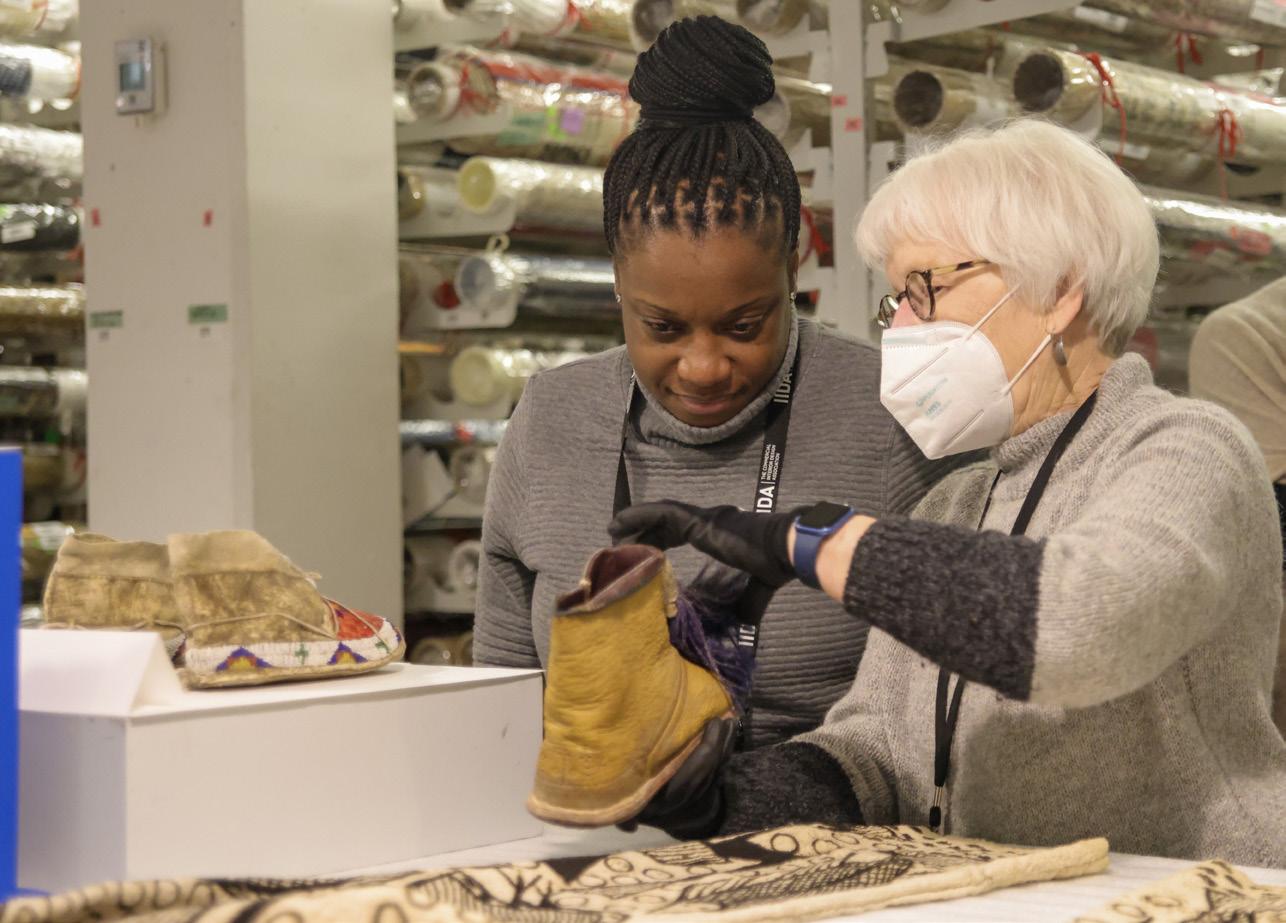

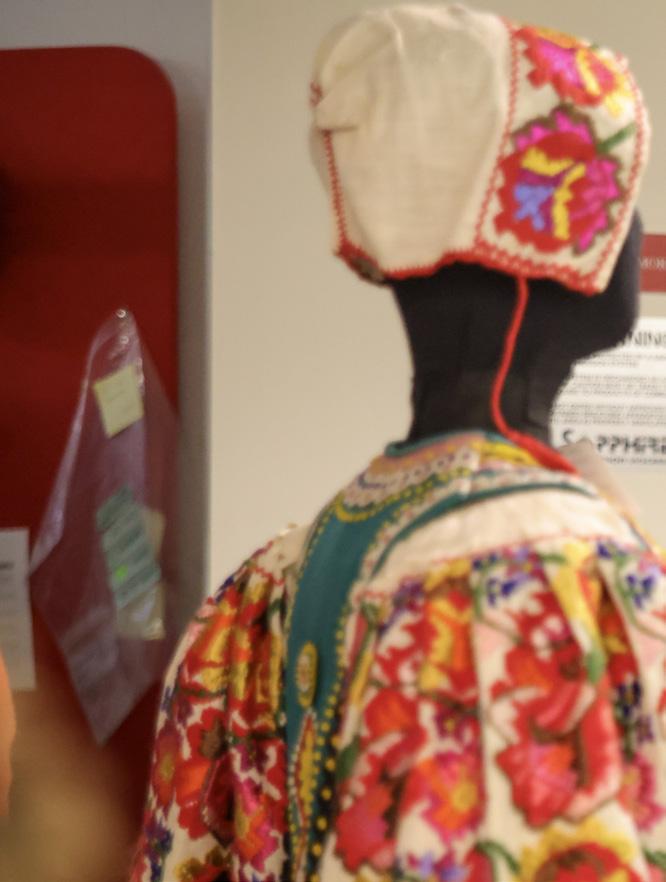
— Ronnie Belizaire Vice President, Project & Development Jones Lang Lasalle
“Clients are looking at pulling people back, not forcing them, and it makes our job a lot more fun.”
— Manuel Navarro Principal, Design Director, IA Interior Architects
“While it seems counterintuitive, I think that to remain relevant over the long term, we need to slow down and take a moment of pause to figure out how do we want to do this better.”
— Nita Posada Principal, Director of Interior Design, Skylab Architecture
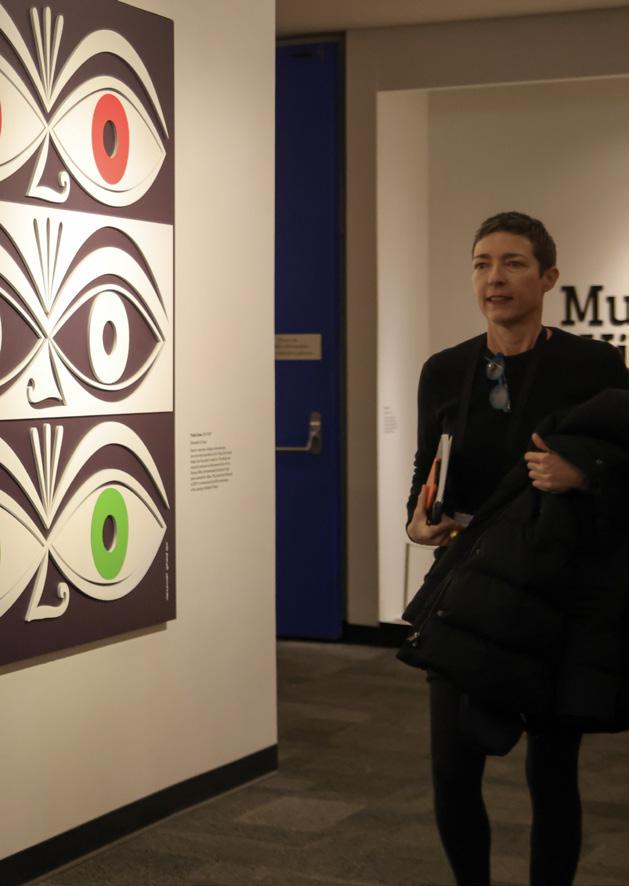
“The more you look at the future, the more important it is for us to be grounded in the present and in the moment. We really have to inform ourselves about what is now so that we can really understand where it’s going.”
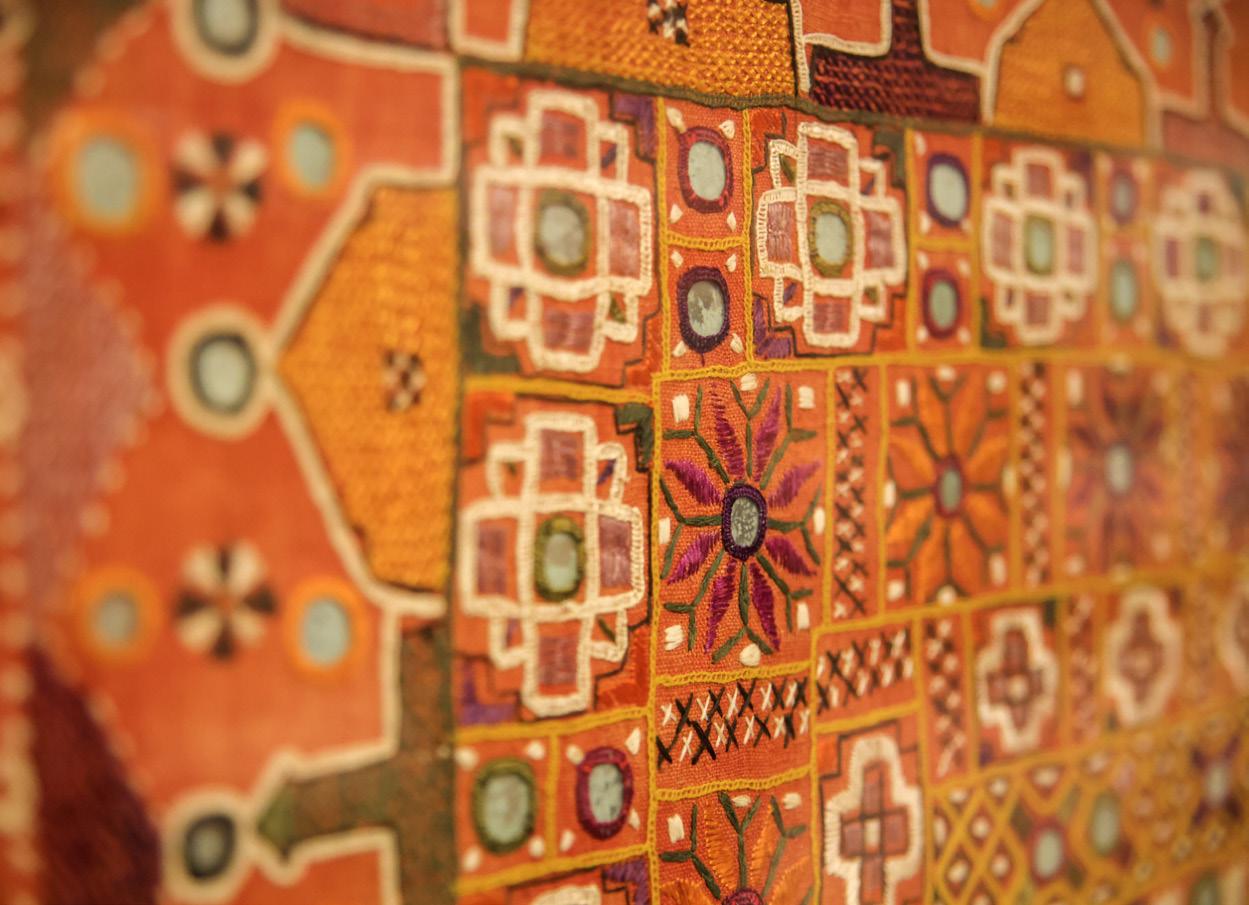
“If you can have a great conversation, there’s an opportunity to live outside your mind and into the mind of someone else. When you drop your own agenda, you just gain that perspective.”




